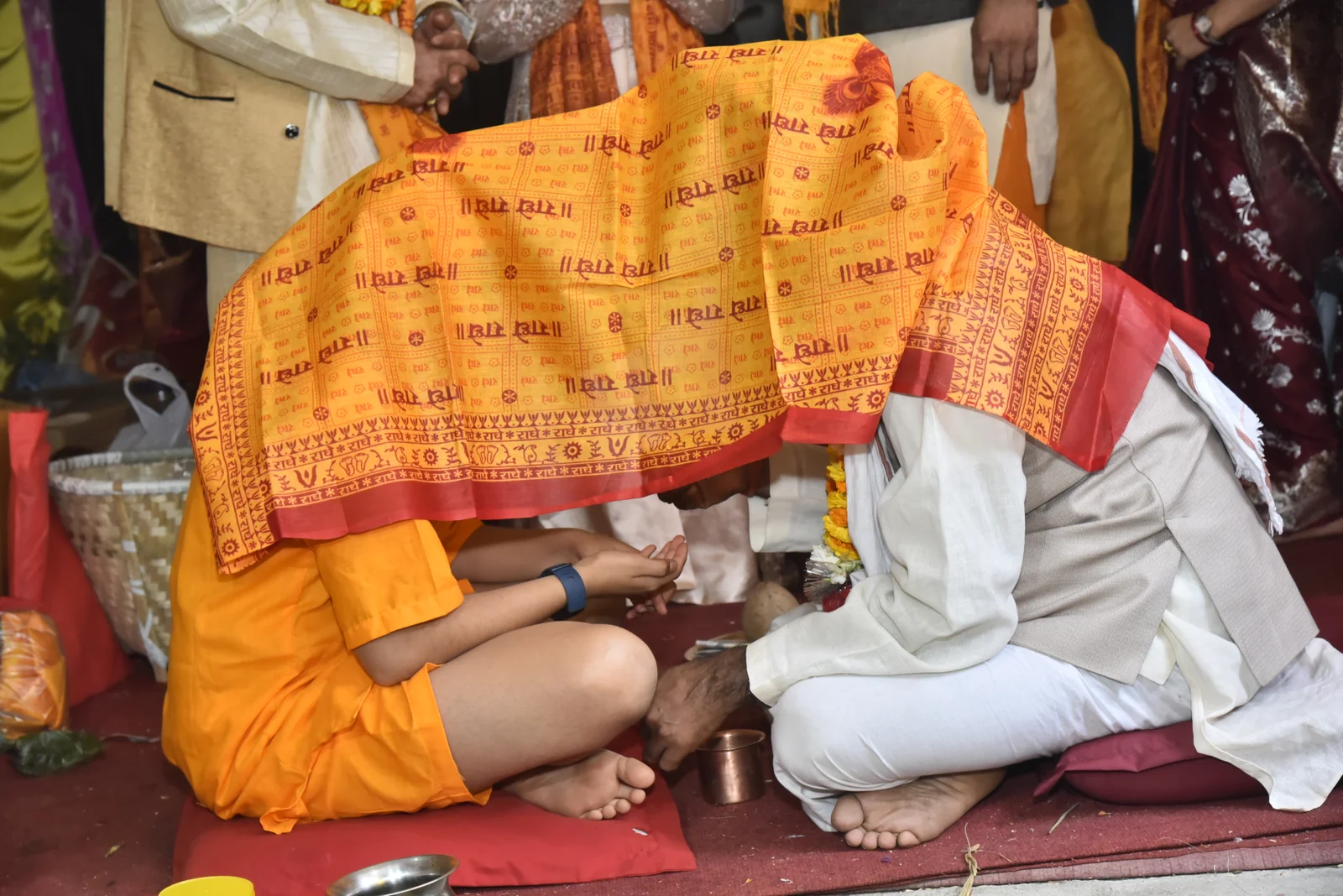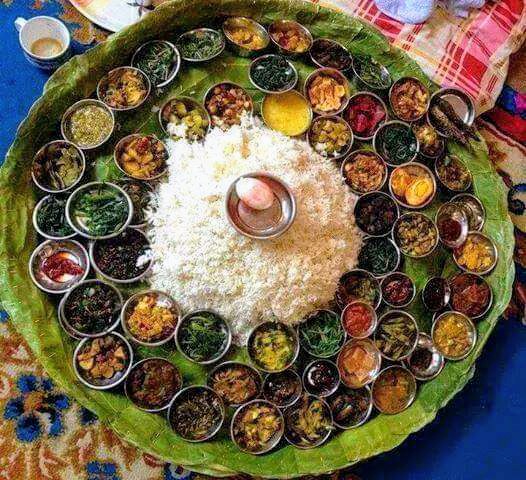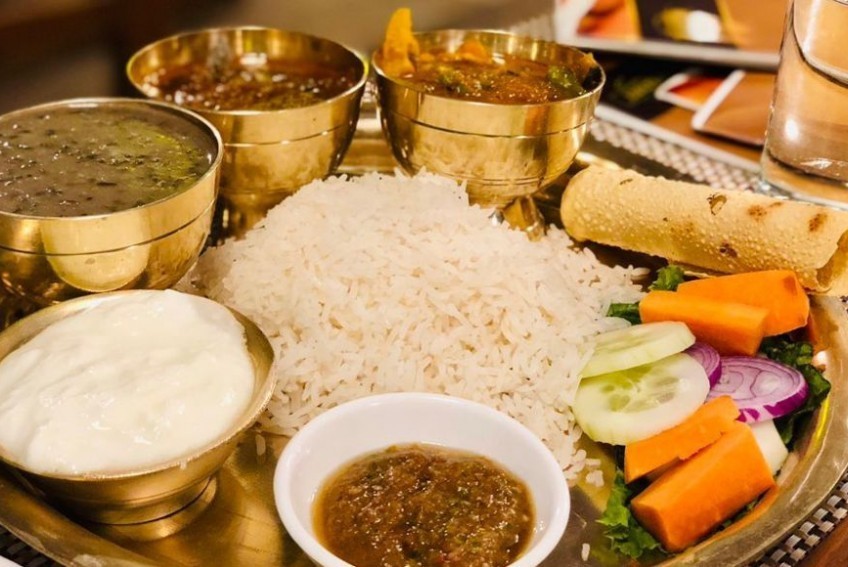Share this Article

Introduction
One of the world's favorite snacks, samosa is available in most countries. This triangle-shaped deep-fried pastry consists of different fillings, typically spiced potatoes, peas, and occasionally meat. Even though mostly linked to India and Nepal, samosas have a centuries-old tradition tracing its roots to Central Asia and the Middle East. Over time, this delicious snack has evolved in many forms throughout the world, and it is now a part of many cultures. This article covers the history, types, cultural significance, and popularity of samosas and also illuminates their impact on Nepali food.
The History of Samosa
The origin of the samosa can be traced back to the 10th or 11th century when it was introduced by Central Asian and Middle Eastern merchants. Historians believe that samosas originated in Persia, where they were referred to as sambosa (Sharma, 2020). The original shape of the samosa was a small fried and stuffed pastry that was easily portable, and thus it was a perfect traveling food for merchants and traders. With the expansion of trade routes, the samosa reached India, Nepal, and other South Asian countries via Persian and Mughal influences (Kumar, 2021).
In Bihar and Gujarat in the 14th and 13th centuries, samosas had gained popularity throughout the Indian subcontinent. Even the poet and 13th-century traveler Amir Khusrau wrote of relishing samosas at royal courts. Moroccan traveler Ibn Battuta, who is also renowned, even wrote about samosas being enjoyed by him at the court of the Delhi Sultanate, which were filled with meat, ghee, and onions (Singh, 2019).
Samosa in Nepalese Cuisine
Nepal has adopted and accepted samosas as a street food item. Although the Indian version usually incorporates a mix of spices such as garam masala and coriander, Nepali samosas have a different taste. Nepali samosas are usually served with hot chutney, such as tomato or tamarind-based sauces. Samosas are sold at roadside stalls in cities such as Kathmandu and are eaten by people of all ages.
Samosas are easily found in Nepal during festive times, family get-togethers, and special occasions. They are extremely popular in Terai regions, where they are served with lentil soup (jhol samosa), which provides a unique taste to the dish. This fried samosa with spicy lentil soup is a specialty in Janakpur and Birgunj.
Different Types of Samosas Around the World
When samosas crossed international borders, different cultures adapted the dish according to local taste. Some types of samosas in different areas are as below:
India: Spiced potato and pea filling is the most common, though meat, lentils, or paneer is included in certain places. Served with mint or tamarind chutney.
Nepal: Indian samosas are smaller and usually served with spicy chutney or with a lentil soup (jhol samosa).
Pakistan: The most popular ones are meat-filled samosas (beef or chicken) for Ramadan.
Middle East (Sambousek): Mostly stuffed with cheese and ground meat, and afterwards deep-fried or baked.
Africa: Widely available in Kenya and Tanzania in East Africa are samosas which have spicy minced meat.
Portugal (Chamuça): Indian immigrants introduced these samosas in ex-Portuguese colonies like Mozambique and Goa.
How Samosa Became a Global Favorite
Samosas have gained immense popularity worldwide due to their delicious taste, crispy texture, and versatility. In many countries, samosas are available in restaurants, food stalls, and even frozen food sections of supermarkets. The increasing demand for international cuisine has made samosas a global snack, enjoyed by millions of people.
Second, as vegan and vegetarian diets have become popular, samosas are an excellent option for vegetarians. The potato and vegetable filling is sufficient to give the same satisfaction and taste without using meat. Some chefs and cooks even experiment with health-oriented versions in the form of baked samosas or air-fried samosas to reduce oil levels.
The Cultural and Social Significance of Samosas
Other than acting as a snack, samosas have a high cultural significance in communities. Samosas are consumed during celebrations, weddings, and religious festivals. Samosas are a norm during Dashain, Tihar, Holi, and Ramadan in India and Nepal. To share samosas with friends and family symbolizes hospitality and festivity.
Samosas are also an important part of street food. Kathmandu, Bhaktapur, and Biratnagar are known for having stalls of samosas where people go to have fresh, hot samosas with a glass of tea (chai). This has made samosas not only a food item, but a part of daily life and socialization.
The Future of Samosas: Innovation and Modern Trends
With the evolution in the food world, samosas have drifted far from their ancestral recipes. Few newer developments include:
Baked or Air-Fried Samosas: A nutrition-conscious option with less oil.
Fusion Samosas: Chocolaty, cheesy, or pizza-flavor fillings.
Mini Samosas: Bite-size snacks in restaurants worldwide.
Gluten-Free Samosas: Non-gluten-containing flours for special dietary demands.
Food business operators are now experimenting with packaged and frozen samosas, which make them readily available for people who want to have this delicious snack at home without having to make it from scratch.
Conclusion
Samosa is not just a snack; it's a symbol of cultural heritage, tradition, and culinary advancements. From its Persian origins to becoming a very popular street food in Nepal and worldwide, samosas have stood the test of time. Whether consumed during festivities, family gatherings, or as an instant snack, samosas continue to be a unifying factor.
As humans keep asking for new and healthy tastes, the samosa will definitely keep evolving. However, its crunchy bite, tasty filling, and international appeal will never go out of style. Whether it is the traditional Nepali jhol samosa or something new like a chocolate samosa, the popularity of the samosa is something that will never die down.
Categories:
Food & Drink
Tags:
Samosa
,
Snack







